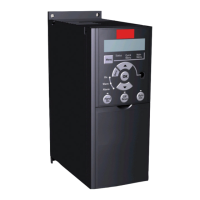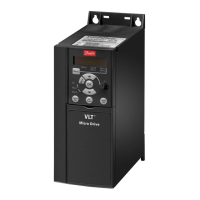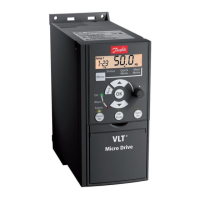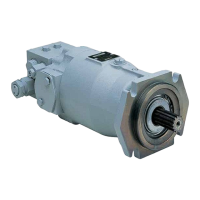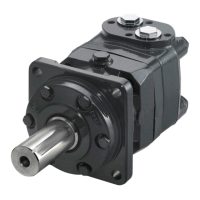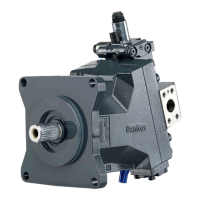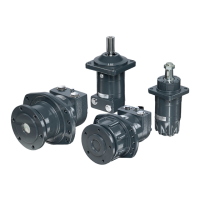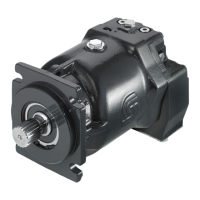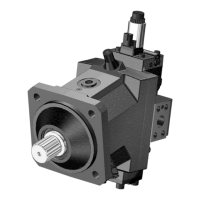Pressure-compensator controls
Pressure compensator (PC) controls allow the motor to match its displacement to the system load.
Usually this means that the motor defaults to minimum displacement while allowing the motor to
increase displacement when system pressure reaches a set level due to load. This permits the motor to
regulate system pressure by modulating the displacement angle of the rotating group. As displacement
increases, so does available torque, while output speed decreases and system pressure remains nearly
constant at the PC setting.
PC controls are available with a Brake Pressure Defeat (BPD) feature. The BPD feature defeats the
operation of the PC during dynamic breaking (when the motor is running as a pump).
A shuttle spool upstream of the PC valve directs only acceleration system pressure to the PC. During
dynamic deceleration the dynamic breaking pressure is blocked from the PC. The motor remains at
minimum displacement, limiting rapid and uncontrolled pressures or engine over-speeding while the
vehicle/machine is slowing down. Hydraulic or electric actuation is available. PC on one system-pressure
side is also an option.
Complete functional description, maintenance, and repair procedures for pressure-compensator controls
are covered in detail in the supplement to this manual:
•
11009442 Series 51 Two Position Controls Service Manual
Types: T1, T2, TH, TA, PC, PD
Service Manual
Series 51 and 51-1 Motors
Operation
©
Danfoss | March 2016 11008567 | AX00000013en-US0202 | 19
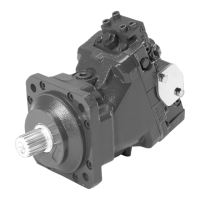
